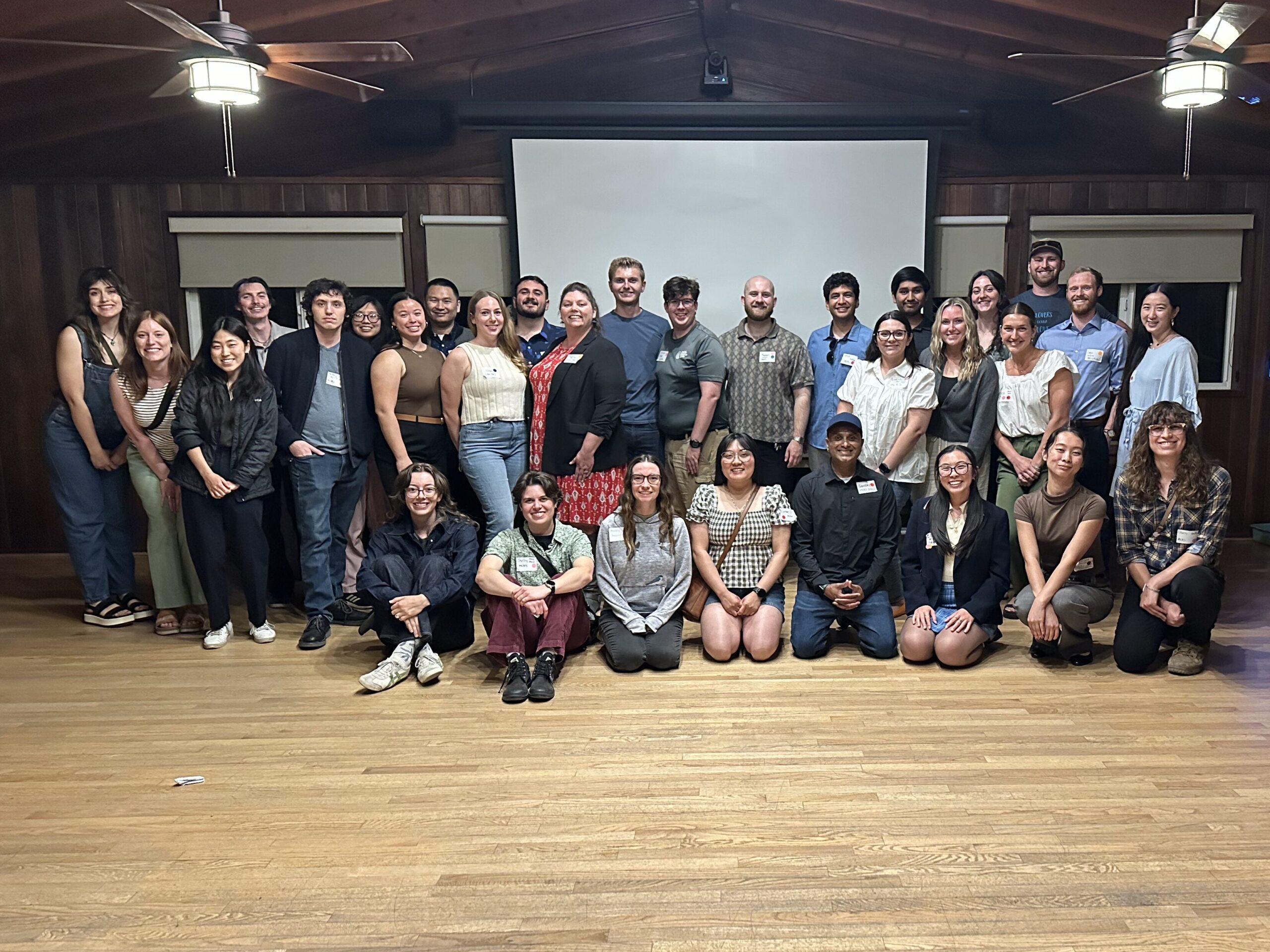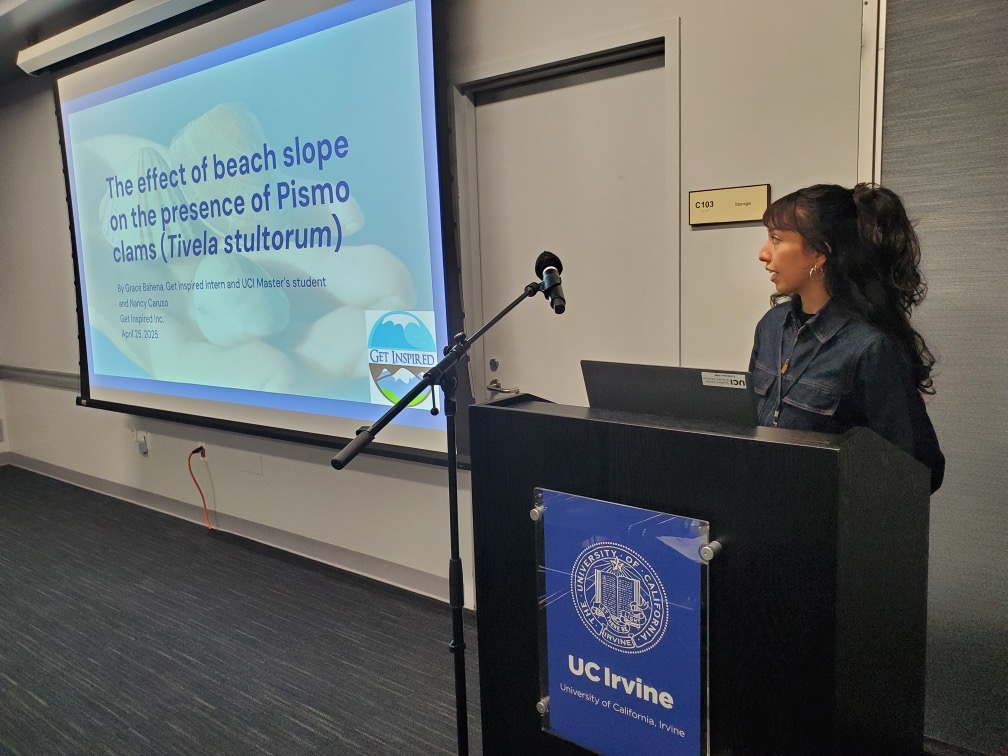Detecting Harmful Algae in Coastal Waters
The ocean supplies most of the oxygen we breathe—more than all forests and greenery worldwide—through plant-like algae that float in the sun-lit surface. These algae, called phytoplankton, form the base of the marine food web. Our future depends on a healthy phytoplankton ecosystem, but our tiny friends are susceptible to changes in seawater, including increased sediment, pollutants, or heat. As global heat increases due to climate change, the composition of phytoplankton present in the ocean is affected.
Some phytoplankton are also harmful to humans because they contain toxins. These toxins can be extremely dangerous and are a serious threat to human health and fisheries. Harmful algal blooms (HABs) have become so serious that NOAA recently allocated over 10 million USD for 2019 towards alleviating the problem. One third of that budget goes to the state of Florida, which has seen a significant increase in HABS since 2017.
This summer I spent two months on the east coast of Florida at the Harbor Branch Oceanographic Institute (HBOI) in Fort Pierce, a research institute that helps monitor HABs in the region’s largest lagoon system. I worked with ocean optics experts, Mike Twardowski and Alberto Tonizzo, to figure out a mathematical relationship between light sensed from the surface water and the concentration of the major phytoplankton in eastern Florida’s algal blooms—cyanobacteria.




